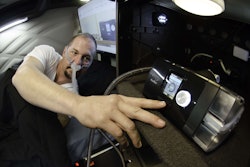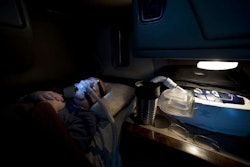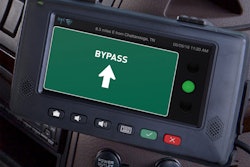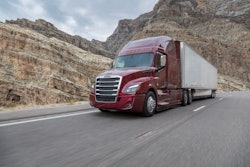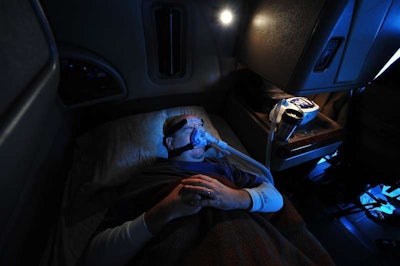
A sleep apnea rule would give clarity to medical examiners, carrier employers and drivers themselves about what conditions or combination of conditions would prompt a driver to be referred for an in-lab apnea test, as well as treatment protocol. Currently, medical examiners have the discretion to determine which drivers are referred for apnea testing. Absent a rule, such a system will remain in place. Industry-wide, the system has prompted questions and concerns, particularly since sleep apnea referals can carry expensive out-of-pocket costs for fleets, drivers or both.
The rule’s official withdrawal comes two weeks after the agency hinted in an annual regulatory update that the rule was on the chopping block. There was some confusion then, given that the report said the rule had been withdrawn on an unspecified date in June. However, no official notice had been published in the U.S. Federal Register, which is required to formally rescind a rule.
Friday’s notice, however, validates the U.S. DOT’s July update to its regulatory calendar.
The agency worked on the sleep apnea rule persistently in 2016, including the publication of a so-called pre-rule, listening sessions held around the country and apnea-focused meetings by two of its prominent advisory committees. However, the agency did not gather enough data to warrant a rulemaking, it said in the July regulatory update.
In the notice published Friday, FMCSA says the current protocol in place for apnea screening is sufficient. That protocol, spelled out in a bulletin issued in January 2015 by FMCSA, puts the onus on drivers’ medical examiners, encouraging them to refer drivers for apnea testing if they “believe the driver’s respiratory condition is in any way likely to interfere with the driver’s ability to safely control and drive a commercial motor vehicle.”
FMCSA’s published pre-rule, known as an advanced notice of proposed rulemaking, last March sought industry input for guidance on developing a rule. The agency also sought input from its advisory committees last year, including the MRB and the Motor Carrier Safety Advisory Committee, whose members include trucking industry stakeholders. The groups recommended that FMCSA in its sleep apnea rule require drivers who have a Body Mass Index of 40 or higher be automatically referred for apnea testing.
The groups also recommended that truckers with a BMI of 33 or higher, and who meet other qualifiers (like being male and older than 42), be referred for apnea testing, too. See the full list of apnea screening criteria recommended by the FMCSA committees at this link. Truckers referred for apnea testing, under the MCSAC/MRB recommendations, would receive a temporary certification pending their test results.




